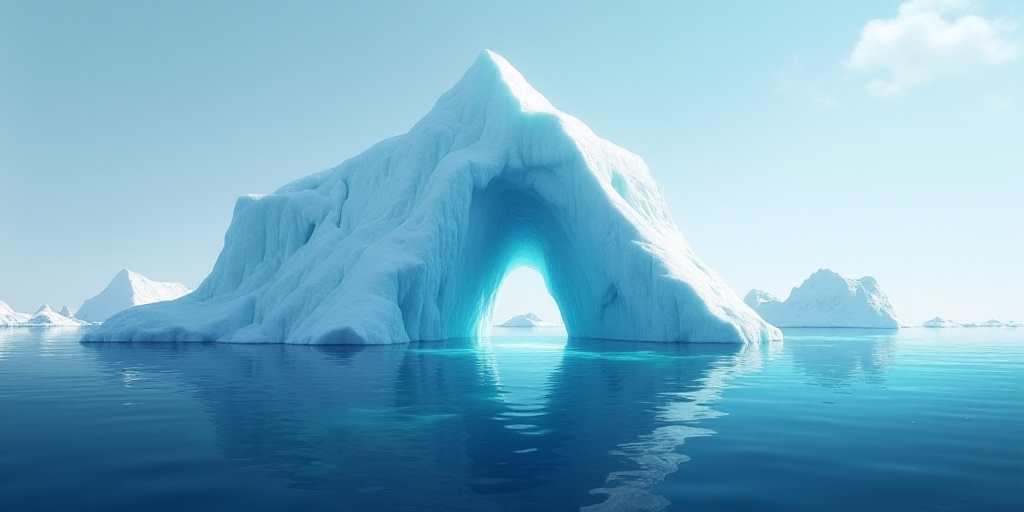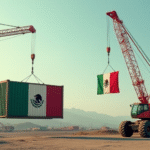The Earth’s Natural Thermostat: A Geological Thermostat
For millions of years, our planet has maintained its temperature through a natural mechanism called the “geological thermostat.” This system regulates atmospheric carbon dioxide (CO₂) levels by eroding and dissolving rocks, preventing the Earth from freezing or overheating completely.
The Unexpected Twist: Extreme Warming Leads to an Ice Age
A new study published in the journal Science suggests that this balance isn’t as perfect as we thought. Researchers Dominik Hülse and Andy Ridgwell from the University of California, Riverside, warn that this “geological thermostat” could fail in an unexpected way: extreme global warming might trigger an ice age.
Heat Leads to Cold: The Carbon Burial Process
The study used an advanced carbon cycle model over millions of years. The scientists discovered that under certain conditions, another process can override the classic “rock thermostat”: massive carbon burial.
When there’s too much CO₂ in the atmosphere, the planet heats up, making oceans more productive and fostering algae and microorganisms that capture carbon. Part of this organic material ends up buried at the ocean floor, removing CO₂ from the system.
However, if this process accelerates too much, the planet cools down excessively, causing a “climate feedback loop” that could lead to global cooling.
A Runaway Earth: Out of Control
The models show that in scenarios with low oxygen levels (like those that existed billions of years ago), cooling can be extreme: up to 6 degrees Celsius below current temperatures.
In geological terms, that’s enough to trigger a “Snowball Earth” event, when nearly the entire planet was covered in ice.
“This is an example of how the same processes that help stabilize climate can become unstable if pushed too far,” explain the authors.
This finding could explain why Earth experienced such drastic ice ages in the past, especially during the Precambrian era when microbial life dominated the oceans.
The scientists note that this “second thermostat” (carbon burial) directly depends on life, highlighting the crucial role that even the smallest organisms on Earth have played in shaping its climate.
Beyond the past, the article suggests that these results also encourage reflection on the fragility of natural balances that keep Earth habitable and climate-wise, as indicated by the authors, not always self-correcting.
Key Questions and Answers
- What is the geological thermostat? It’s a natural mechanism that regulates Earth’s temperature by controlling atmospheric CO₂ levels through rock erosion and dissolution.
- What could cause the geological thermostat to fail? Extreme global warming might trigger an ice age by accelerating the burial of organic carbon in the ocean floor.
- What are the potential consequences of this failure? The planet could experience drastic cooling, potentially leading to a “Snowball Earth” scenario with almost the entire planet covered in ice.
- How does life play a role in this process? The burial of organic carbon, which helps regulate temperatures, is directly dependent on life. Microorganisms in the oceans capture carbon, which can then be buried and removed from the atmosphere.
- What lessons can we draw from this research? The study highlights the delicate balance of natural processes that maintain Earth’s habitability and climate stability, emphasizing that these balances are not always self-correcting.






